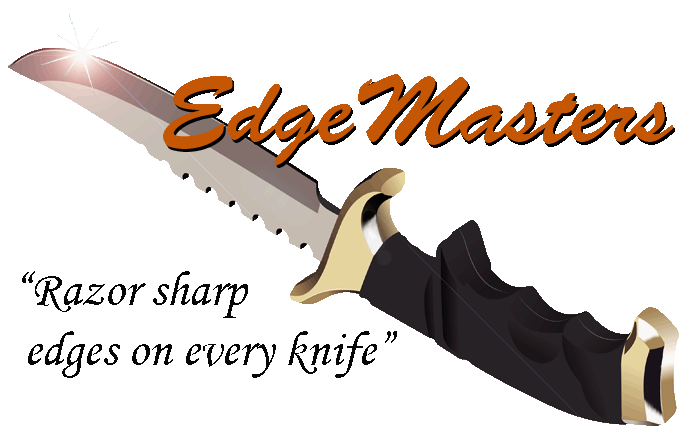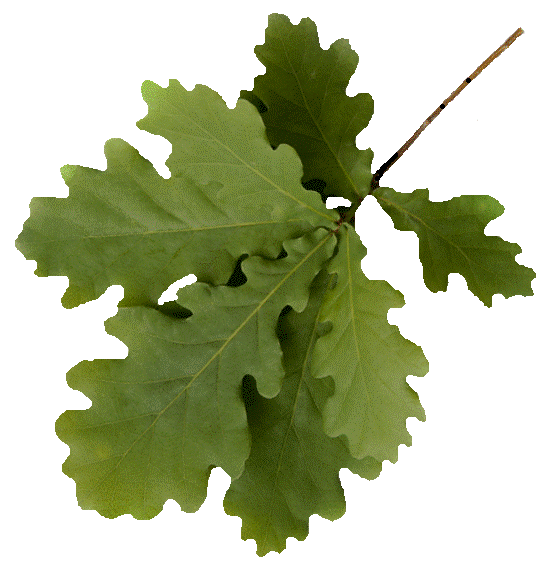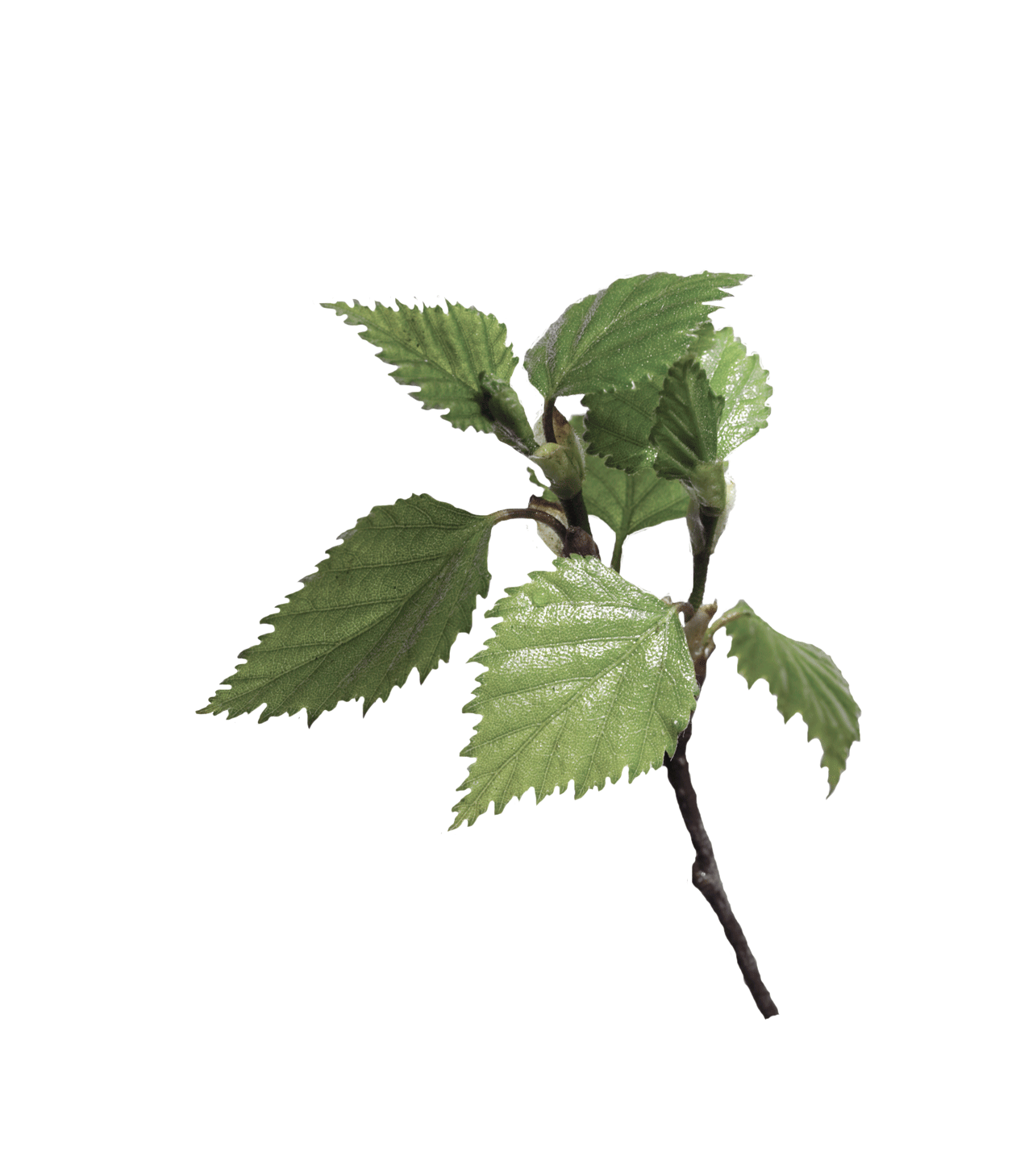EdgeMasters - Knife History
Proverbs 27:17 "As iron sharpens iron, so one man sharpens another."
Knife History
Knife history – is an interesting subject to study. Simply attend a few gun and knife shows and you will find out what kind of variety is available today. Styles and designs that are overwhelming in numbers today were non-existent in days gone by. Even so, craftsmen throughout the ages have created beautiful works of art to adorn these tools. Beauty and function still go hand in hand, even in the knife world today. But today’s iron bladed knives are a bit flashier than the ancient flint, copper, or bronze blades from yesteryear. The knife of today, while still indispensible for its original purpose offers ever so many more options. You know, like vehicles are today. More options as the years go by.
Knife history tells us that they have been used in some form or fashion from time immemorial. Certainly a tool essential for survival; many cultures also have their knife rituals and superstitions woven into their customs as well. The essential survival tool was also used as cutlery. There are models today sporting all sorts of conveniences on one.
Folding knives were used by the Romans, and then more popular during the Middle Ages. The 18th century brought with it more common use of the two-bladed folding knives. And the pocket knife (a smaller folding knife) as we know it today became popular because of the new fashioned trousers – sporting pockets in them. Prior to pockets inside trousers a purse was slung through a belt worn on the waist. The blade can range from one-half an inch to twelve inches; however, the more common lengths are between two and six inches.
Knife history reveals the relatively modern pocket knife as having numerous ways with which to keep the blade open. The locking mechanisms available are slipjoint, and lockback or claspknife. Pocketknives with a light job to perform are usually of the slipjoint lock. This means the blade is held open by a spring device which can with pressure fold unexpectedly. These types of knives tend to be smaller in size too. A few examples of slipjoint knives are the Barlow, Canoe, Congress, Stockman, and Sunfish.
The lockback or claspknife blade's locking mechanism is a twisted ring or catch that must be manually released before the knife will fold. This type of pocketknife improves safety while using as compared to the slipjoint. These types of knives became popular in the late 1800’s.
Who would have thought that purses, pockets, and pocketknives were woven so interestingly together in knife history? If you are interested in looking into knife history check out the National Knife Museum housed in the same building with Smokey Mountain Knifeworks in Tennessee.
Professional Knife Sharpening
719-475-8553








